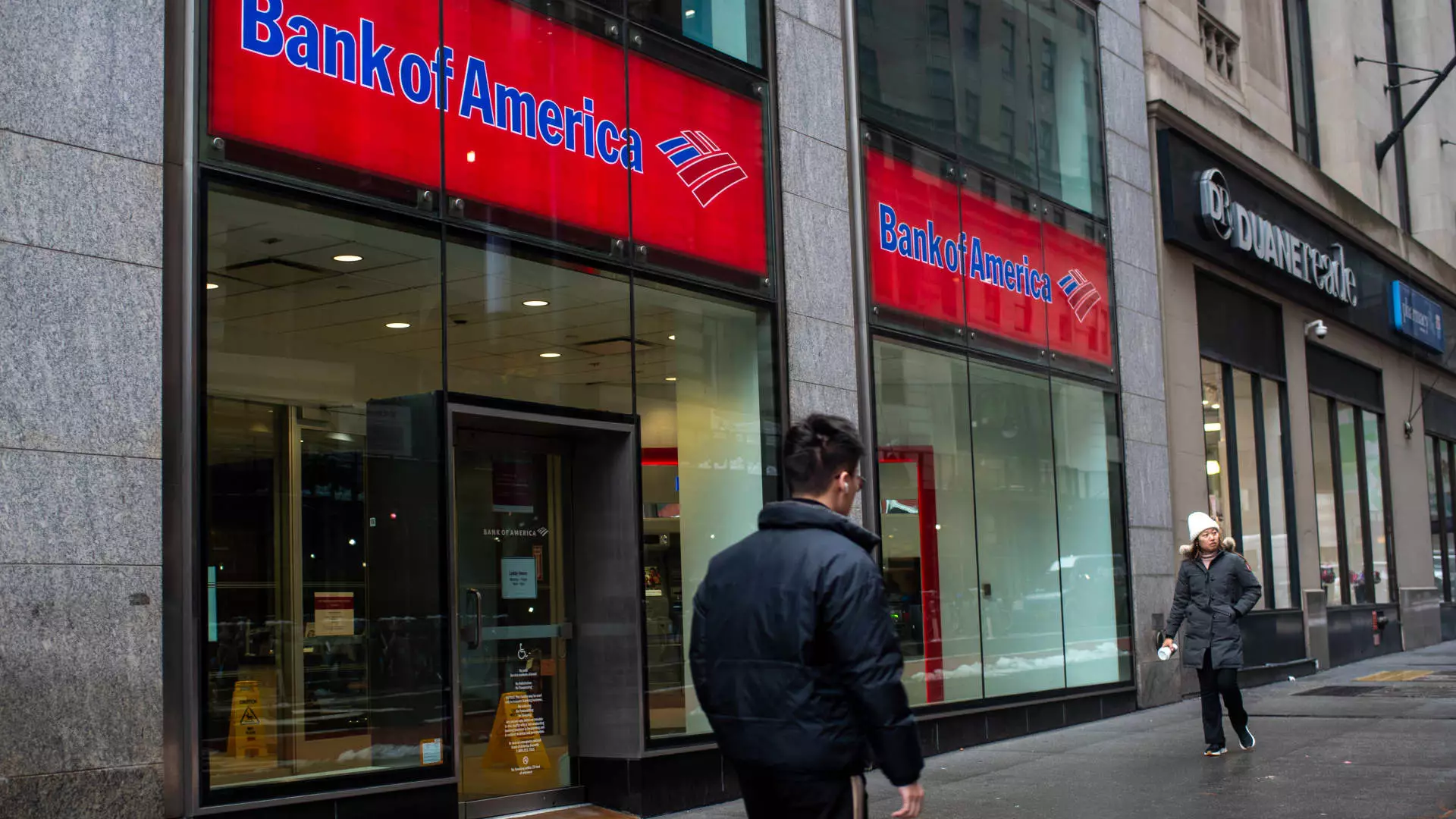In an era marked by unpredictable trade wars and political upheavals, many investors cling to the comforting notion that dividend-paying stocks can serve as a secure sanctuary. Indeed, these stocks are often portrayed as the ballast that stabilizes a volatile portfolio, especially when equities seem to inch higher despite turbulence. But is this reliance justified, or is it a dangerous oversimplification? From a pragmatic, center-right perspective that values financial prudence balanced with strategic risk-taking, it becomes crucial to scrutinize the actual resilience of such investments.
While some analysts laud dividend growth stocks—companies that not only pay dividends but consistently increase them—as superior navigators through uncertainty, this narrative can be overly optimistic. The assumption that rising dividends reflect strong earnings and economic health ignores underlying vulnerabilities. A company could be artificially maintaining dividend growth through debt, cost-cutting, or other unsustainable measures. Moreover, markets have demonstrated time and again that even the most seemingly robust dividend payers can be blindsided by macroeconomic shifts, regulatory changes, or geopolitical tensions.
The Caveats in Relying on Dividend Growth Strategies
Goldman Sachs’ bullish stance on specific stocks, praising their dividend coverage ratios and projected growth, certainly provides a compelling blueprint. But analytical optimism must be tempered with skepticism. Remember, coverage ratios of around 1x or higher are hardly a sign of excess safety; in a crisis, even well-covered dividends can be cut if earnings falter or liquidity dries up. Historical precedents are abundant: during economic downturns, dividends are often among the first targets for cutbacks—regardless of their current standing.
Furthermore, the focus on stocks with a 2% or higher dividend yield and a double-digit dividend CAGR invites scrutiny. These metrics sound attractive on paper, but market dynamics are complex. For example, utility stocks like NextEra Energy and American Electric Power, while offering stable yields and growth, do not operate in a vacuum. The industry is vulnerable to policy shifts, such as the recent executive order undermining renewable subsidies, which rattled NextEra Energy’s market value. Such policy risks are often understated in conventional analyses but pose significant threats to future earnings and dividend sustainability.
Sector-Specific Risks and Broader Economic Realities
The convenience of fixed income and dividend strategies, especially in a low-interest environment, can lull investors into complacency. Utility companies, including those on Goldman’s list, are often viewed as safe bets; yet, they are highly capital-intensive and closely tied to regulatory and political climates. When governmental policies shift—such as reductions in renewable subsidies—the impact can be swift and substantial, undermining even the most well-regarded stocks in this sector.
In contrast, the financial sector’s recent resilience as demonstrated by major banks like Citigroup, Wells Fargo, and Bank of America reflects the importance of strong balance sheets and stress testing. Their dividends increased following regulatory approval, signaling robustness. But this robustness is contingent on their ability to withstand future economic shocks—something no one can predict with certainty. Relying heavily on past performance and current regulatory approval might obscure long-term vulnerabilities.
Housing and real estate investments like American Homes 4 Rent present another layer of complexity. While dividend yields appear attractive, they can mask sector-specific risks—market saturation, regional economic downturns, or legislative restrictions on rental properties. A 5% to 8% dividend growth rate must be weighed against the unknowns of economic cycles and demographic shifts, which could undermine future growth prospects.
The Illusion of Perpetual Growth and the Need for Vigilance
In essence, the narrative that high dividend yield, robust dividend growth, and strong earnings are a one-way ticket to market resilience is fundamentally flawed. Investing based on these metrics alone is akin to building a house of cards. It engenders complacency in a landscape that is inherently unpredictable.
A genuinely prudent investor, particularly from a center-right stance favoring fiscal responsibility and sound risk management, must approach dividend stocks with skepticism. They should scrutinize the sustainability of dividend payouts, the macroeconomic environment, and sector-specific risks before placing large bets. A diversified portfolio that balances dividend growth with strategic cash management, balance sheet robustness, and macroeconomic awareness will ultimately serve investors better than blind faith in dividend growth stories.
The pursuit of yield and dividend growth is not without its merits, but it must be pursued with an unflinching awareness of the underlying risks that can undermine even the most seemingly secure dividend payers. Vigilance, critical analysis, and a balanced perspective are essential in ensuring that these investments do not become unwitting vessels of future market instability.


Leave a Reply